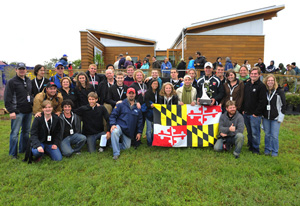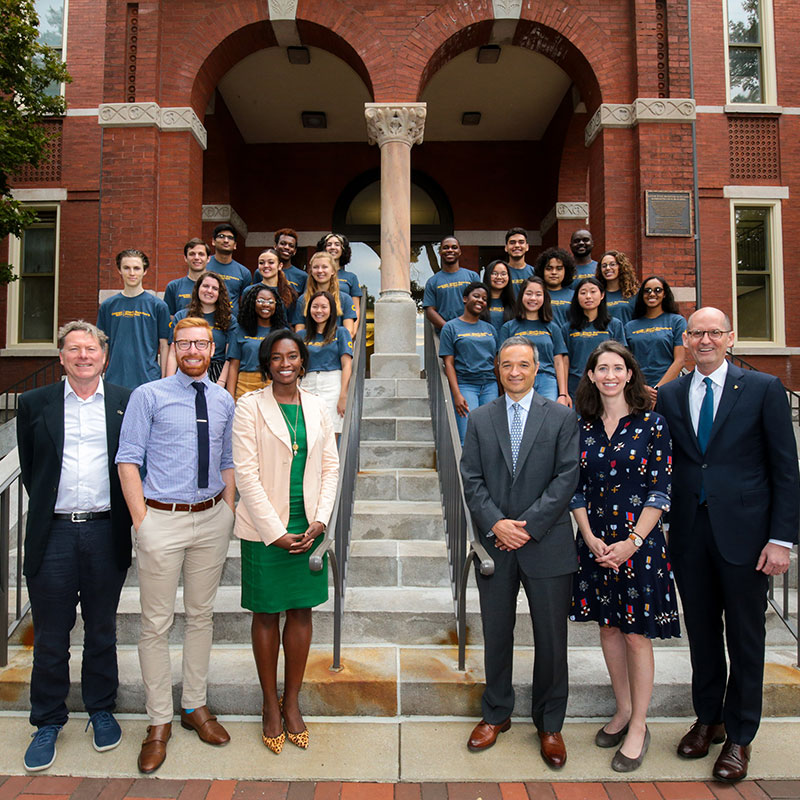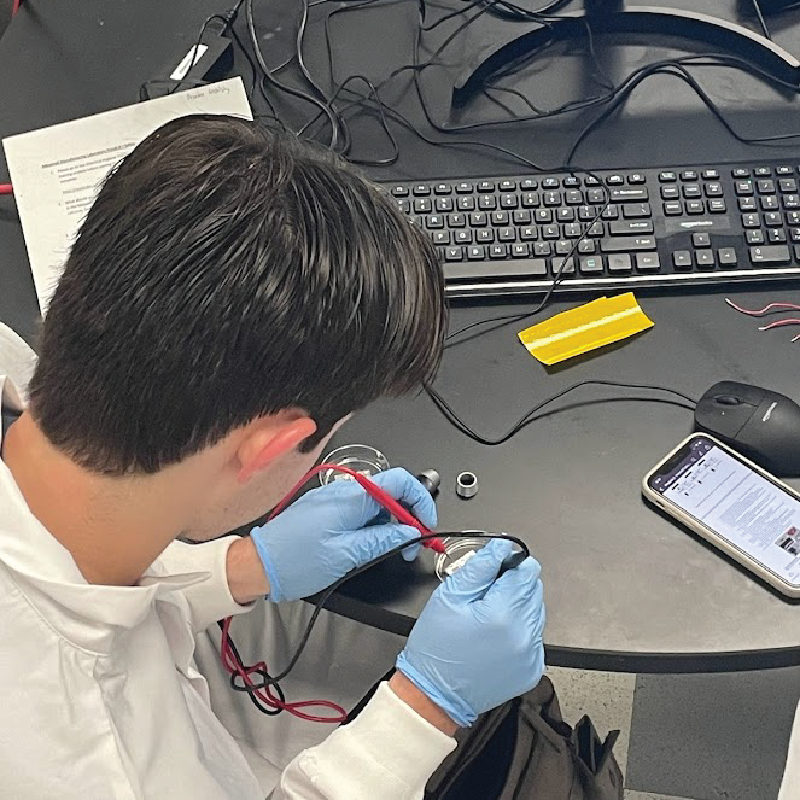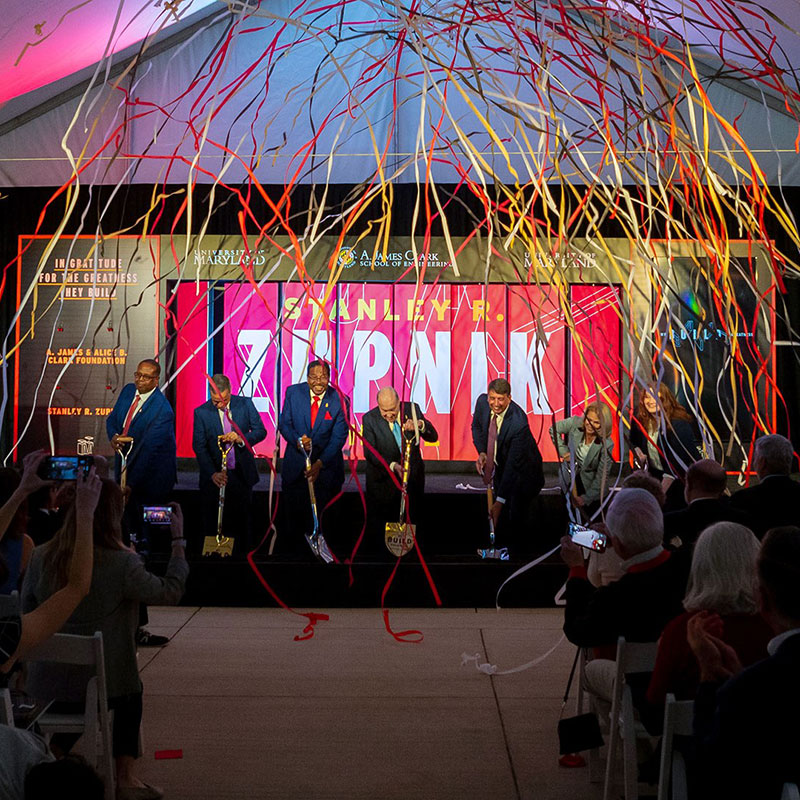Campus Seeks to Conserve Energy in Classrooms
June 28, 2011UM is undertaking the first phase of an energy project this summer affecting general purpose classrooms. This project, with input from the Provost’s Office and endorsed by the University Sustainability Council, is designed to reduce our energy use and greenhouse gas emissions while responding to student concerns that many classroom lights remain on during off-hours and are over-lit compared to current lighting standards.
Several Clark School buildings are included in the effort.
Installation of occupancy sensors has already begun in some empty classrooms. Classrooms having special AV systems will not be affected. The goal is to install occupancy sensors in all general purpose classrooms.
For classrooms that are centrally scheduled, these occupancy sensors will be installed when classrooms are scheduled to be vacant. Project managers will work with department chairs to install the sensors in classrooms scheduled by individual departments. Facilities Management has researched many types of sensors during the past two years, and has selected models that have proven to be efficient and reliable through campus pilot projects.
The changes envisioned by this program have been piloted in several selected general purpose classrooms across campus over three years. Responses from students and faculty have been supportive. It is estimated that the first work to be completed this summer will result in an estimated annual cost savings of $100,000 and yield a five-year payback period. Eight hundred thirteen (813) tons of carbon emissions will also be avoided. UM will seek additional funds and utility rebates to install new energy efficient lighting fixtures in additional general purpose classrooms during the next two summers.














